The Complete Guide to Persimmon Cultivation [What You Should Know]
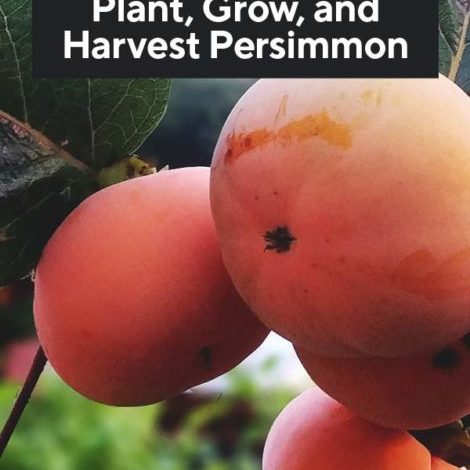
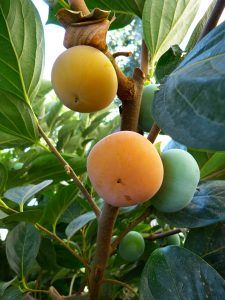 The persimmon is a fruit tree that has become very popular due to its ability to adapt to almost all types of climate and geographical environment.
The persimmon is a fruit tree that has become very popular due to its ability to adapt to almost all types of climate and geographical environment.
Its fruit is orange in color and has a sweet taste. It is highly valued in certain societies around the world, such as Japan and South Korea.
The height of the persimmon can reach 30 meters, providing excellent shade for gardens or open fields.
It is a tree that can be enjoyed from different points of view and that is why today we are giving you the information you need so that you too have one. Are you following us?
Important points when sowing a persimmon
- When? In spring.
- Where? Outside in full sunlight .
- How do we prepare the land? Soil with good drainage, preferably not very clayey.
- How should we water? Moderate and basing the amount of water on the dryness of the land.
- How often do you have to water? 3 or 4 times a week in summer and 1 or 2 times a week the rest of the year.
- What care do you need? Subscribers during spring and summer, pruning to shape and remove damaged parts.
- What pests and diseases does it have? fruit fly, mealybug, birds, anthracnose, and gray rot.
When to plant a persimmon?
The sowing of the seedling outdoors will be done in spring , preferably the first days of the season.However, the process must begin in the fall since persimmon seeds have the particularity of germinating more effectively when they are subjected to winter cold.
Where to plant a persimmon?
Due to its shape, the kaki is a tree that needs to be planted outside and enjoy direct sunlight. Ideally, you can take advantage of all the available during the day, but if not, with a minimum of 5 hours you will be fine.
How to prepare the land?
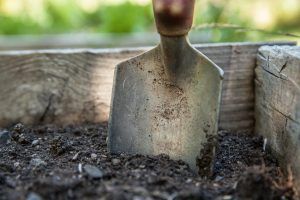 The farmland must be very well drained, the rest adapts well to all types of soil.
The farmland must be very well drained, the rest adapts well to all types of soil.
If possible, the soil had better not be so clayey, but good results have been seen even under these conditions.
How do we water the persimmon?
The amount of water used in persimmon irrigation must respond to the state of dryness of the land. The most advisable thing is to apply water in a moderate quantity to avoid the occurrence of waterlogging that could affect the health of the plant.
How often do we water the persimmon?
The proportion of risks must be established according to the time of year that is going through.In summer, when it is hotter, it is advisable to administer irrigations 3 to 4 times a week.The rest of the year, it is usual to apply 1 or 2 times each week.
How to plant a persimmon step by step?
The persimmon tree reproduces by means of seeds.
- Select the seeds that you will use to plant the tree. It is advisable to use several and then take advantage of the seedling that looks healthier. Also, some seeds may not germinate.
- Prepare a seedbed with universal substrate and spread the seeds by covering them with a thin layer of substrate. Don’t bury too deep.
- Sprinkle with a little water and place in a place where it can receive natural light for much of the day and has good ventilation. Ideally, the place should have a temperature of about 25º C.
- Check the birth of roots and move the small seedling to a pot where it can develop better. Ideally, the sprout should look healthy, so if you sprouted multiple seeds, you’ll have a chance to pick the best one.
- When the seedling is larger and firmer, it will be time to plant it in the definitive place . To do this, you must prepare the space days before by digging a hole and loosening the soil by adding water. It is also a good time to apply the first layer of organic compost.
- Place the seedling ensuring that the roots are not damaged but that they are established comfortably.
- Fill the hole with the earth that you have extracted before without pressing excessively.
- Water with plenty of water , taking care that the water penetrates to the depths of the roots but without flooding the environment.
What care does the persimmon need?
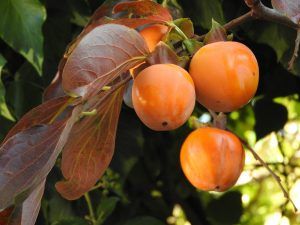 As it is a tree that generates fruit, it is advisable to apply fertilizers with organic matter that stimulate good production.
As it is a tree that generates fruit, it is advisable to apply fertilizers with organic matter that stimulate good production.
In this case, it is possible to use homemade organic matter such as compost, guano, humus or any other homemade fertilizer so that it does not generate any expense.
To achieve better results, a subscription can be made every month in hot times, that is, spring and summer.
Pruning is also essential for the tree to be healthier . This should be applied in late winter.It is possible to cut branches to achieve a better structure of the tree and also to remove damaged, dry and diseased parts.
Plant a persimmon from cuttings
With what other plants or trees can we graft the persimmon cutting?
Good results have been achieved when grafting persimmons with other fruit species with soft and sweet pulp such as apples and Ficus elastica or Gomero.
It is part of the fig genus.To apply it, both species must be developed in such a way that the structures support the work process that this type of action brings with it.
What is the best time to plant persimmon cuttings?
The cuttings of this species will be taken in autumn, at the beginning, when temperatures begin to drop.However, we must be careful that this action is carried out before the first frost occurs.
How to get persimmon cuttings to root correctly?
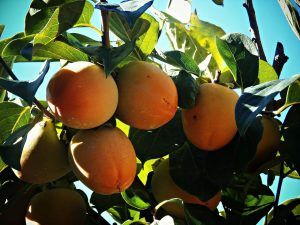 The first step is to take cuttings with the appropriate characteristics to stimulate root production.
The first step is to take cuttings with the appropriate characteristics to stimulate root production.
These cuttings will then need to be planted in a pot with a substrate that offers stability, aeration and good drainage.
If the pot is not prepared before cutting the cuttings, it will be necessary to store them in a plastic bag to maintain moisture.
After placing the cutting in the pot, water it with enough water so that the cutting is always well moistened.The high humidity will be better maintained if we cover the structure with a plastic bag.
This will only have to be removed daily for a few minutes so that the plant is aerated.Now, persimmon cuttings need light for about 12 hours each day to thrive.This forces to establish a complementary method of action during the nights, placing the pot under a light bulb, for example.
How should we take the persimmon cuttings to plant them?
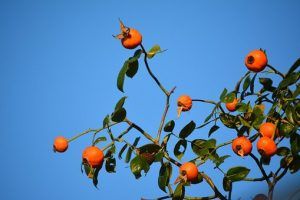 The persimmon cuttings will have to be cut from an already established plant with the help of garden shears.
The persimmon cuttings will have to be cut from an already established plant with the help of garden shears.
To facilitate the rooting process, it is worth keeping the plant well hydrated, giving it sufficient watering for 3 days before removing the branch .
It has been proven that cuttings taken from a plant with sufficient hydration thrive better than those that are dry.The structure of the cuttings should be woody or semi-woody in appearance . It is better to avoid, in this case, those that are very soft.
In addition to the above, the cutting should have about 3 or 4 nodes .A procedure that greatly helps the cuttings to absorb moisture and develop faster is to open gutters.That is, apply cuts on the sides vertically and that are not very deep.
How long should we leave persimmon cuttings in water?
Persimmon cuttings need high humidity to thrive, but this is balanced by both internal and environmental humidity. For this reason, they are not usually submerged in water to develop roots , but are offered a high humidity environment with the plastic coating.
Is it convenient to use fertilizer or compost?
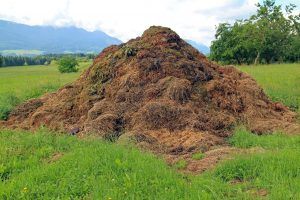 The persimmon does not require the use of fertilizers or fertilizations to develop properly.In fact, this action is only recommended at times when the growth of the plant is not consistent with its age.
The persimmon does not require the use of fertilizers or fertilizations to develop properly.In fact, this action is only recommended at times when the growth of the plant is not consistent with its age.
In case of having to apply fertilizations, it is best to use a balanced product in amounts of macronutrients.
How long does it usually take for a persimmon cutting to come out?
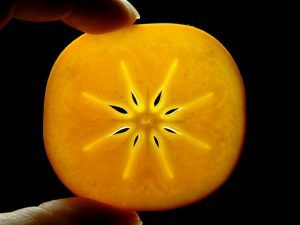 Persimmon cuttings will take between 4 and 8 weeks to flourish depending on the breeding conditions that are established.
Persimmon cuttings will take between 4 and 8 weeks to flourish depending on the breeding conditions that are established.
After the cuttings have produced their roots, it is time to move them to a larger pot if the first one is not enough.
The seedling must be kept in these conditions until the low temperatures and, above all, the risk of frost have passed.
From then on it will be possible to place it outside, in an area where it receives sun for a few hours a day, preferably in the morning.As it becomes stronger, it can be left for a longer time in full sun, until it settles definitively.
The persimmon will bear fruit after 3 or 4 years of planting because it is a slow-growing species .However, with the necessary patience and care, very abundant harvests will be obtained in successive periods, so it is very worthwhile.
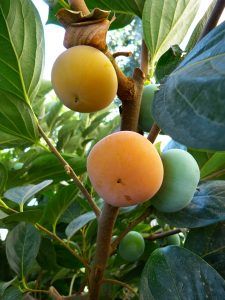 The pruning of the persimmon
The pruning of the persimmon
Why prune persimmon?
Persimmon pruning is one of the proper cares to have with this species as it tends to grow quite quickly.Thanks to it, it will be possible for you to control the size of the cup and keep it free of areas in poor condition.
When a persimmon tree receives a well-managed pruning, the result will be seen in the production, which will be more numerous and with better characteristics.
When is it best to prune persimmons?
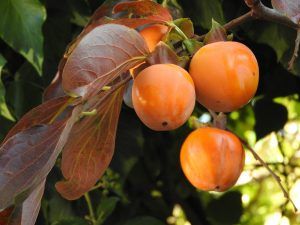 To ensure that the plant can recover smoothly from cuts, it is best to wait until the end of winter.
To ensure that the plant can recover smoothly from cuts, it is best to wait until the end of winter.
The most common is to establish the pruning process in the horizon of the end of winter and the beginning of spring.
In this way, the recovery will be more effective because the sap will soon begin to flow through the structure, sealing the wounds.
And taking into account that the persimmon has the condition of contracting its wounds, the cutting process differs from that recommended for any other species of fruit trees.
In this case, it is essential to leave a stump in each cut, which will be larger as the branch where it is located is thicker.
What tools should we use when pruning persimmons?
The tools used to prune persimmons are basically two-handed garden shears. If you get a branch of a diameter that the scissors are not able to cover, lean on a handsaw.
If the tree is very tall, a ladder will be needed to reach the branches at the top of the crown. Always wear gloves and protective glasses and ensure that all tools are well disinfected and sharp.
What considerations should we take into account when pruning persimmons?
Proper planning is the best strategy when it comes to pruning persimmons as well as any other species, so it will be the first step. The tree needs different types of pruning depending on its age, you have to take this into account when defining which parts you will cut.
It is convenient that you make a mental projection of the result that you hope to achieve in the end so that you work according to that and everything is more organized.
How to prune a persimmon without damaging the tree?
The pruning of the persimmons will be different depending on the stage in which the tree is. We have 3 types.
formation pruning
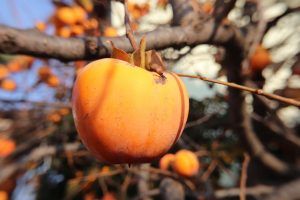 It is the one that is carried out during the youth of the persimmon and whose objective is to create the structure that it will have in its adulthood.
It is the one that is carried out during the youth of the persimmon and whose objective is to create the structure that it will have in its adulthood.
The idea here is to allow the main trunk or branch to grow a little beyond the height you want the tree to be, and then cut a little lower.
This cut will motivate the formation of secondary branches that will begin to expand towards the sides. The following year you have to select the 3 branches that have the best structure and remove the rest.
These 3 reduce them to 2/3 of their length so that new branches grow from them. By the second winter the tree will already have a larger set of branches and all of them have to be cut down to 2/3 of their length again.
fruiting pruning
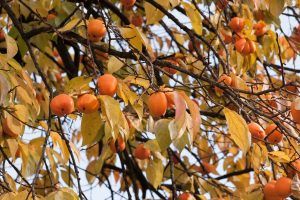 This is the pruning that is aimed at improving the general condition of the plant so that it is capable of giving us better production.
This is the pruning that is aimed at improving the general condition of the plant so that it is capable of giving us better production.
This pruning includes all the work that corresponds to maintenance to eliminate inoperative parts that are affected in some way.
One of the most important areas to be addressed in this pruning is the suckers because they appear to be of quality but only steal energy. You have to pay special attention to the branches that were born the previous year and look young because it is precisely on them that the persimmon will bear fruit.
It is possible to implement a rejuvenation pruning when it seems that the tree has already given all that it could during its active life.However, it is not very common because it involves removing a large number of branches from the tree to promote the growth of new ones with a younger structure.
The fact is that if it is done wrong, the tree can die, so not many people try it. In any case, this moment will surely come after your tree has given you a lot of production, so organize yourself with the other two prunings and enjoy your specimen.
What pests and diseases affect persimmon?
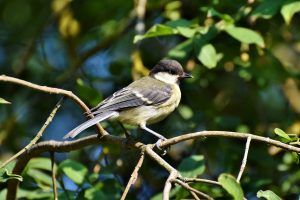 Being a fruit tree, it is a species very prone to pest attacks such as fruit flies, mealybugs and bird attacks.
Being a fruit tree, it is a species very prone to pest attacks such as fruit flies, mealybugs and bird attacks.
It is advisable to wash the plant with potassium soap when damage to its structure is noticed.
Also, it is a good plan to keep the surroundings clean to prevent the fruits that fall from the tree from spoiling and attracting other animals.
En el caso de las enfermedades, es posible que se aparezcan algunas como la podredumbre gris o la antracnosis cuando el árbol está sometido a excesos de riegos.Aunque es un árbol frutal, el kaki también tiene una presencia muy destacada, por lo que se le asocia un gran valor ornamental.
Disfrutar de él en cualquier jardín es un motivador más que suficiente para cuidarlo mientras se desarrolla, ya que puede tardar hasta 7 años para dar frutos.De igual forma hay que tener presente que se trata de una especie que necesita de las estaciones y, sobre todo, le hacen falta heladas para estar saludable.
It is for this reason that it has become so popular in this area of the world where it is difficult to find fruit trees that resist temperatures below 0º C.
verticillium wilt
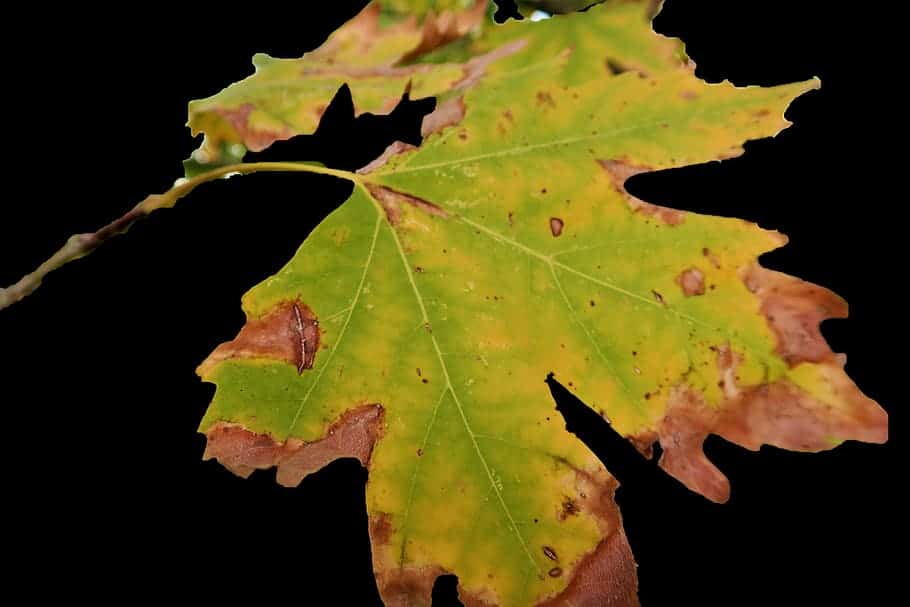 Verticillium or Verticillium wilt is a common soil fungus that thrives in temperate climates around the world and can be present in the soil for decades.
Verticillium or Verticillium wilt is a common soil fungus that thrives in temperate climates around the world and can be present in the soil for decades.
Verticillium wilt overwinters in the soil as dormant mycelium or tiny dormant black structures called microsclerotia, waiting for favorable conditions to return.
They enter damaged plant tissue through the roots and multiply. Many common weeds, such as dandelions and weeds, can be Verticillium host species.
Verticillium wilt is a disease that affects more than 350 species of eudicolous plants. It is caused by six species of Verticillium fungi: Verticillium dahliae, Verticillium albo-atrum, Verticillium longisporum, Verticillium nubilum, Verticillium theobromae, and Verticillium tricorpus.
Many plants with significant economic weight are susceptible, such as cotton, tomatoes, potatoes, oilseed rape, aubergines, peppers, and ornamental plants, as well as others in natural vegetation communities.
Many species and cultivars of eudicots are resistant to the disease, and all monocots, gymnosperms, and ferns are immune. To know more: Verticillium wilt in the Orchard: What is it? How do we identify it?
How long does a persimmon live?
The lifetime of a persimmon is around 50 years.
How long does it take to grow a persimmon?
It grows slowly, needing a little more than 10 years to become an adult specimen.
How long does it take to produce fruit?
It takes 4 to 7 years to make its first fruit production.
Can it be grown in a pot?
It does not present problems when planting in a pot, neither in regard to its health nor in what has to do with production.
How many times does a persimmon produce fruit?
If an early flowering is generated, the persimmon is capable of producing two harvests in the same year.
Should a persimmon be pollinated to obtain fruit?
Yes, it should be pollinated. This task is carried out thanks to the presence of pollinating insects that are responsible for the transfer of pollen.
How cold can a persimmon tolerate?
It does tolerate cold and, in fact, it needs it to complete its annual biological cycle.
However, it is worth being careful in areas where temperatures drop below 0°C.
How many persimmons can be planted per hectare?
The average planting density is between 250 and 300 specimens per hectare of land.
What kind of fertilizer does a persimmon need?
Persimmon fertilization is done by means of organic fertilizer rich in nitrogen, such as compost.
It is also worth applying superphosphates and potassium chloride.
How much heat and/or drought can a persimmon tolerate?
It is a tree that needs hot summers to enrich the quality of its fruits. Ideally, they should not exceed 35 ° C.
It is a fruit species that does not have major problems in the presence of drought.




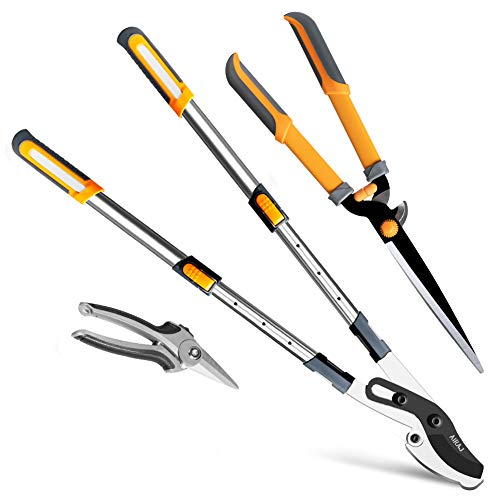

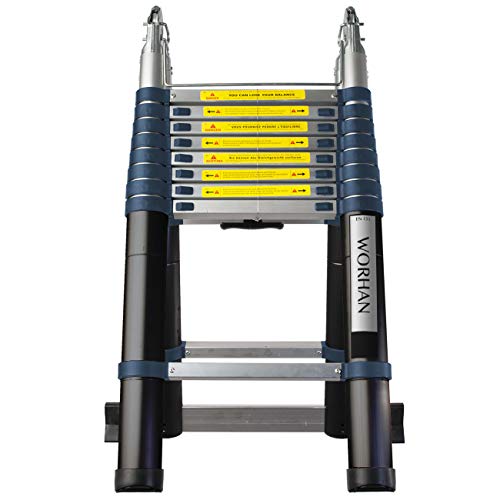
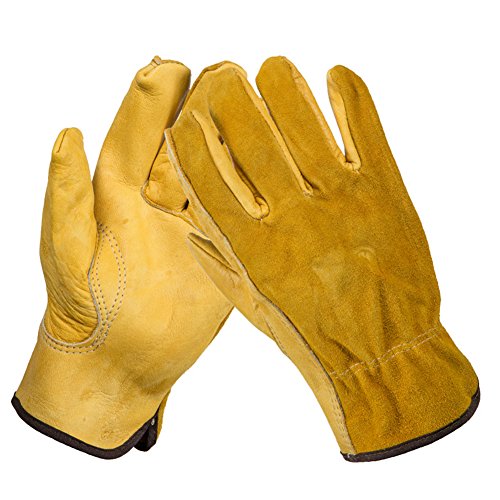




![Photo of Prune Capers: [Importance, Time, Considerations and Steps]](https://www.complete-gardening.com/wp-content/uploads/2022/08/prune-capers-importance-time-considerations-and-steps-390x220.jpg)
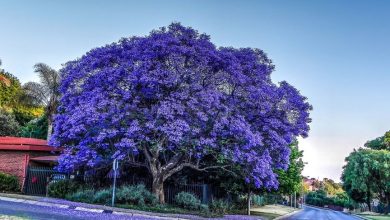
![Photo of Myrtle: [Properties, Growth, Fruit, Types and Care]](https://www.complete-gardening.com/wp-content/uploads/2022/08/myrtle-properties-growth-fruit-types-and-care-390x220.png)